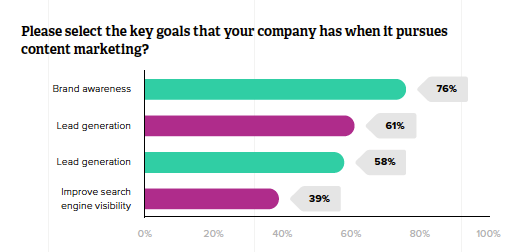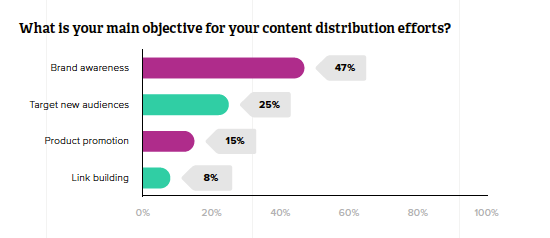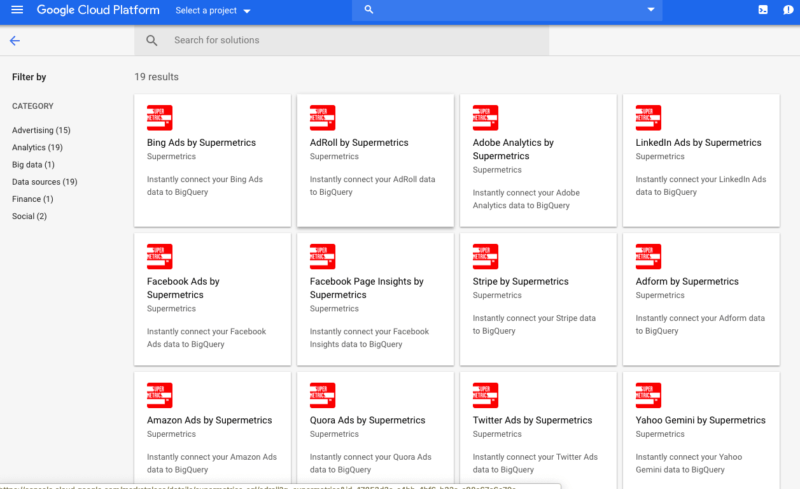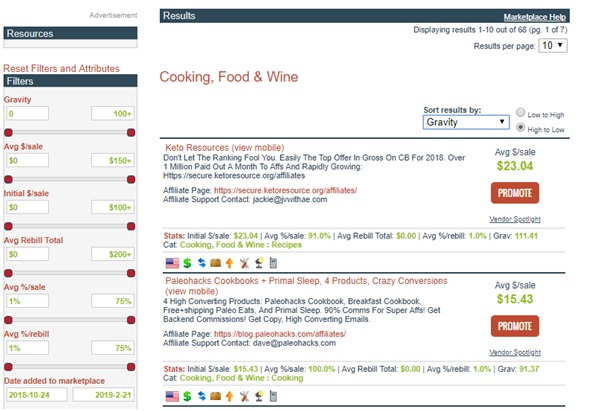
Search queries for your brand name, called “brand searches,” are among the most important keywords in a keyword portfolio. Even so, marketers are not often paying as much attention to these types of queries as they should.
While juicy high-volume non-branded queries are exciting, providing your audience and customers with helpful brand information it is an equally thrilling prospect. The truth is that users for many brands, big and small, are commonly underserved by branded search results they find.
In this post, we’ll show you exactly how to conduct a branded search audit, identify failing results, and implement improvements. This audit is one that we perform for our clients at Stella Rising. Now you can do the same for your clients or website.
The first part of the audit is about setting the stage. Do you know what ratio of your traffic is the result of non-brand queries vs. brand queries? You should. In this section of the audit, you’ll set the stage to discuss the importance of what you identify.
Why are branded queries so important?
Branded queries are among the most important keywords you can optimize as they represent a brand-aware audience that is more likely to convert. In fact, many of the people searching for your brand are already customers looking for information or looking to purchase again.
It’s easy (generally)
Unlike most things in SEO, Google wants you to rank well for your own brand terms. Whenever we see branded searches that are failing users, it’s usually easy to fix. Often, it’s as simple as creating a new page or changing a meta tag. Other times it can be more challenging, such as when brands have significant PR and/or brand reputation issues. That said, in most cases, branded search queries are among the easiest to rank for. Don’t overlook them.
Correlation to rankings and personalization
While the search volume of a domain name is not a confirmed ranking factor, Google does hold a patent that may indicate the more searches a brand receives, the more likely that brand is to to be seen as high quality by Google. This, in turn, may help them to rank for associated non-brand terms. What does that mean? Essentially, if tens of thousands of people search your brand name + couch, you may be more likely to rank for “sofas.” A number of 2014 Wayfair commercials brilliantly capitalized on this opportunity. The commercials literally told people to Google “Wayfair my sofa” or “Wayfair my kitchen,” thus tying signals around their entity to other non-brand entities.
How Wayfair brilliantly linked its advertising with its branded search terms
Branded searches can also impact autocomplete which in turn can impact more branded searches, feeding into the connection described above. When users click one of these autocompleted search suggestions, they execute a “branded search,” which then signals to Google that the entities are related. For example, “Amazon, Ralph Lauren or Macy’s” with “Men’s shirts”.
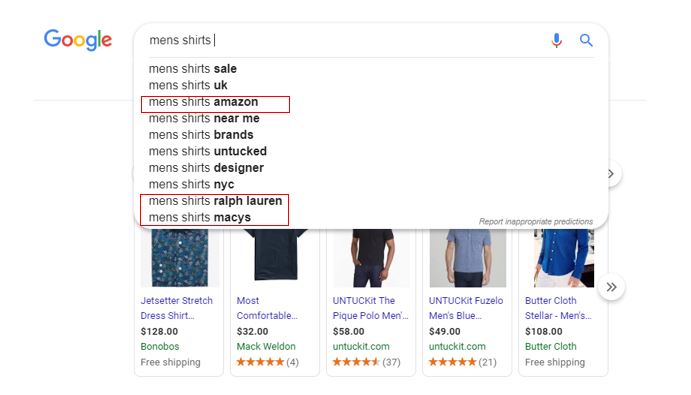
Branded search audit part one: Setting the stage
In part one of this audit, you will provide branded search landscape insights. Like any good show, you need to set the stage for the information you are about to present. This will help to win buy-in, prioritize your efforts, and keep you strategically on track.
What is your ratio of branded search?
For this part, you’ll need to head to the Google Search Console and open up your performance report for the last three months. Start by setting up a filter for your brand name. If you have a brand name that people commonly misspell, then you will want to take that into account.*
Click the “+ New” button and then click “Query.” Filter by “Queries Containing” and not “Query is Exactly.”
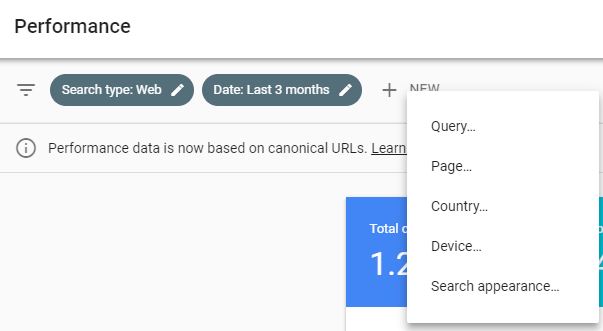
*Advanced Tip: The above instructions only account for your brand name, not product names that are proprietary to your brand. Consider using the API to pull down your GSC report and do filtering for those as well.
You’ll then see the total number of branded clicks and impressions your site receives.

Now change your filter to “Queries not containing,” this will give you roughly the number of non-branded clicks the website has received from Google search.
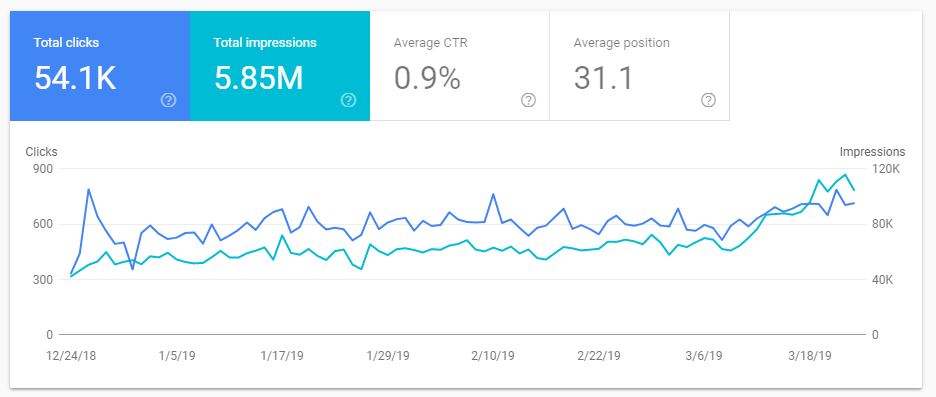
Take this data and bring it into Excel. From there, create a pie chart to visually demonstrate the ratio of branded to non-branded clicks the website receives.

What are the top branded queries driving traffic?
The next and perhaps one of the most critical questions for this analysis is, “What are the top branded queries?” Understanding this is important because the next step in this audit is to manually search each of the top ten (or more) queries. Then you will understand which queries will better serve users.
While this analysis is simple, we found that creating a simple visual with the data makes for a better story in your presentation. To do this, download the data by clicking the down arrow at the top of the queries table.
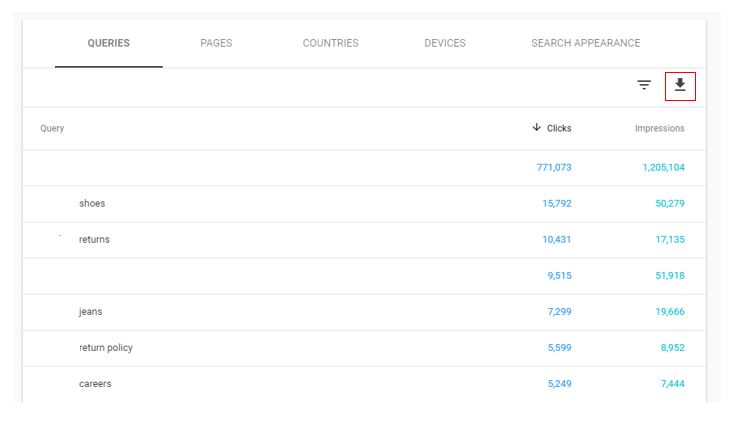
Once you have the data in Excel, you can create a cool visual using the 2D bar chart graph.
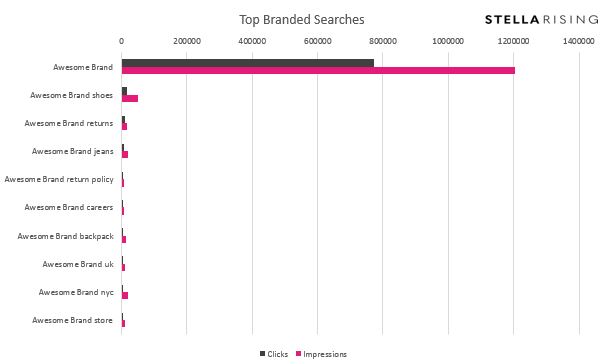
What are the top pages receiving branded clicks?
Similar to the above analysis, you will need to download the top pages from the “pages” tab in your performance report.

Where do branded searches come from?
For some brands, it is worth considering where branded searches come from geographically. To find this information, set your filter to include brand queries and then click the “countries” tab in the Google Search Console.
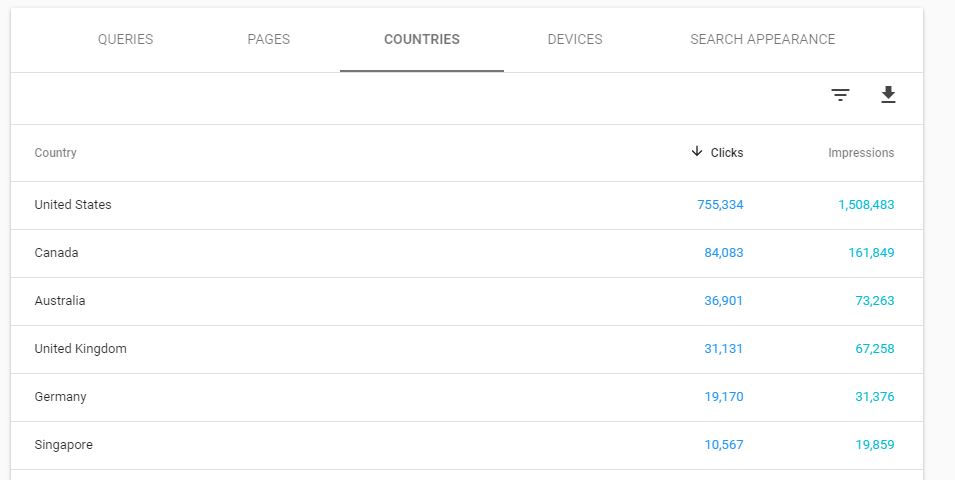
Now we could just put that image into a report, but what fun would that be? Instead, download the data and bring it into Excel to create a visual.
You can do this a number of ways, but we recommend either using a map or a tree-map which generates a cool way of looking at the data. A pie chart would do but is not as visually appealing. Open Excel and highlight the data you downloaded. Click “Insert”, then click either on “Maps” or the second box for a treemap.


Tree-map visualization of country click data

How has branded search trended over time?
The last and perhaps the most essential question outside of which queries get clicks is, “how has branded search trended over time?” This trend is a hugely important question for any brand that has or is currently investing in brand building efforts, media, PR, or even non-branded paid search campaigns.
During this section of the audit, we have seen brands that previously invested millions in traditional print flatten out for years. Alternatively, we’ve also seen DTC brand’s growth hit a wall. Knowing where brand interest stands is a data point that is vital to all brands and their performance marketing strategies. Whether you are conducting a branded search audit or not, tracking the branded search volume is something that should be on the KPI list for marketers across a multitude of disciplines.
Branded search audit part two: Identifying issues in branded search
Do you have any brand image issues?
Sorry, no SEO magic here. If your brand, founder or employee made headlines (and not the good ones you send to mom) your only strategy is to do your best to rectify the situation.
Take, for example, a brand we came across which was at one point dealing with first page Google results full of nasty headlines. The headings covered how the center had allegedly abandoned more than 40 research animals on an island.
When I first heard this story and considered the best plan forward I thought, “Can they just decide not to abandon the animals and find them homes?”
In fact, that’s exactly what they did. As a result, the negative stories were replaced over time with positive ones about how the center reached an agreement to find a sanctuary for the animals. The first page of results for their brand name is now squeaky clean. The moral of this story is, never abandon animals on an island.
But, if you do, and get dragged through the mud for it, no amount of SEO will save you. Are there any abandoned research animals in your organization? If so, get them off the island.
In other less metaphorical terms, part of auditing brand search is brand reputation.
As we all now know, “E-A-T” and reputation are hugely important to Google. Deal with business practice issues head-on and find the best resolution possible. John Mueller has reminded us that Google has a really good memory and is not apt to forget anything about your brand history. Stains on your brand reputation can really take a toll and have lasting power. The best offense here is a good defense.
Searching the top ten queries
Now for the part of the audit where we find the broken stuff.
Take your list of top terms and manually execute the search in a private browsing window for each term. Record your results and a screenshot of the SERP.
What are we looking for?
- The number of positions on the page we own – With branded searches for things like “brand name backpacks,” you can own 15+ of the top positions.
- Others owning our conversation – Look for other brands ranking for your branded terms. Are they authorized to sell or talk about your products? Is the information they provide correct or accurate? Could a better job be done?
- Misalignment of the query and title/meta – Does your title tag and meta description clearly speak to the query searched and align to the searcher’s intent? If not, make some changes to bring this into alignment. For example, if your shipping info is on a page labeled “FAQ” that’s unclear for users.
- Cross-channel insights – Are all of your social properties listed on the first page where appropriate? Are others bidding on brand terms where you are not? Look for cross-channel synergies that could be leveraged for more aggregate traffic.
- Broken pages – For big and small brands we have found soft “404” messages, outdated or broken pages ranking for highly searched branded terms. Click around the top ten and make sure everything is working as expected.
- Out of stock products – Sometimes the products that rank for branded searches on ecommerce sites are out of stock. Make sure you have a protocol in place for managing inventory so that searchers are best served by the landing page.
Searching other navigational queries
Other areas to check out are navigational or known brand queries that help users navigate and interact with your brand. For example:
- Brand Name Opening Hours
- Brand Name Location
- Brand Name Address
- Brand Name Telephone Number
- Brand Name Customer Service
- Brand Name FAQ
- Brand Name Return Policy
- Brand Name Shipping
- Brand Name Refund Policy
- Brand Name Size Chart/Guide
- Brand Name Sale
Manually execute a search in a private browsing window for these terms. You’re looking for title tags and meta descriptions that do not speak to the query, missing pages where content would be better-served broken-out, and other websites owing the conversation around your terms. In some of our audits, we have seen third-party sellers ranking on position one for things like “brand name return policy”.
Furthermore, the information presented was not even correct. When it came to our site, we were not making that information easy to find, and as such, we got beat out. Simple adjustments to meta information and where content lived helped to improve our visibility and win back the featured snippet.
Track and measure
As with any good SEO effort, you should carefully track and measure the success of your recommendations. Consider setting up a monthly tracking sheet for your branded search volume. Also, consider tracking some of the branded queries identified as “needing work” in your rank tracker.
Conclusion
The branded search audit is a deliverable which does not take a great deal of time but can result in tremendous impact for your brand or client. By focusing on branded queries first, you are serving those most likely to convert on your site while simultaneously addressing your lowest hanging fruit.
Have questions about conducting your own audit? Let us know in the comments section below.
John Morabito is the Director of SEO at Women’s Marketing / Flying Point Digital. He can be found on Twitter .
Related reading
How to enable the usage of JavaScript frameworks while keeping the search engine bots happy? Where should SEOs start from? Key guidelines shared.
Complete overivew of what Google Search Console is, what it does for your site, how to use it, and what you need to get started taking advantage of it today.
Last month, Google tested AR functionality in Google Maps. What are the implications of VPS, street view, and machine learning for local search and SEOs?












